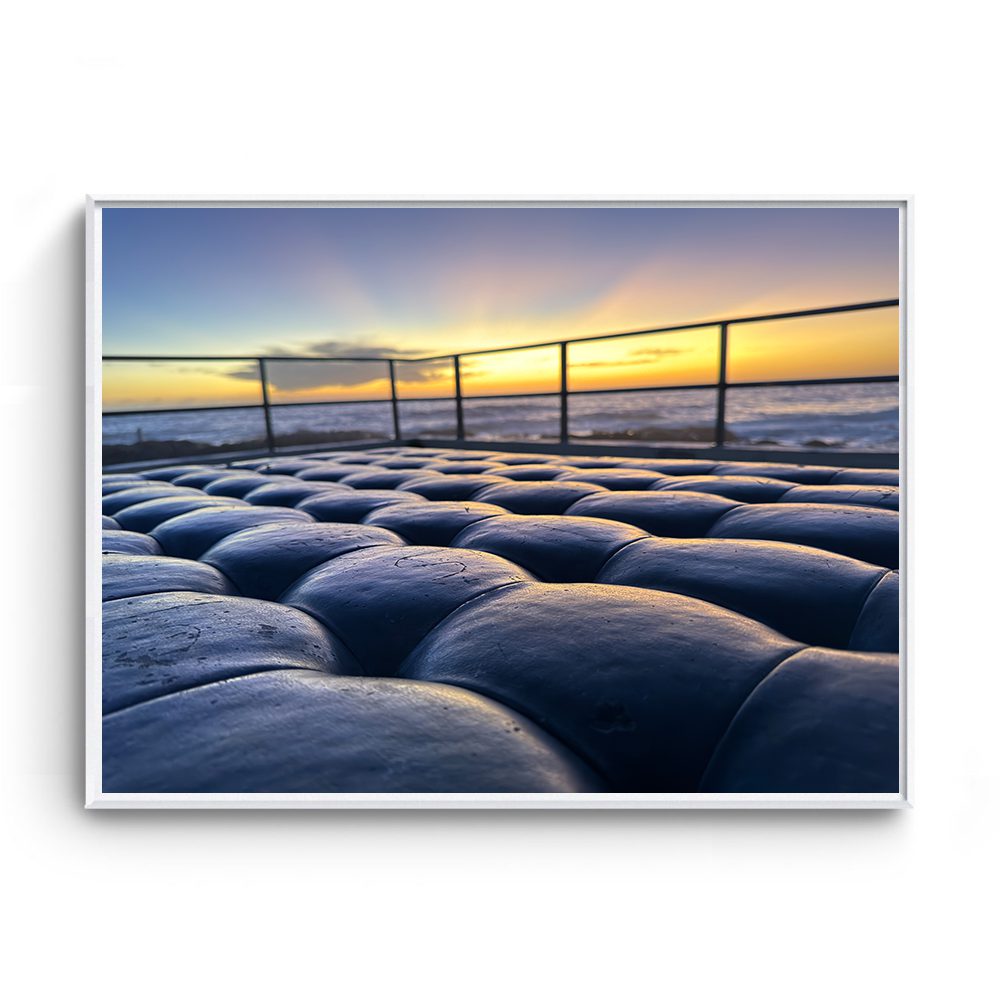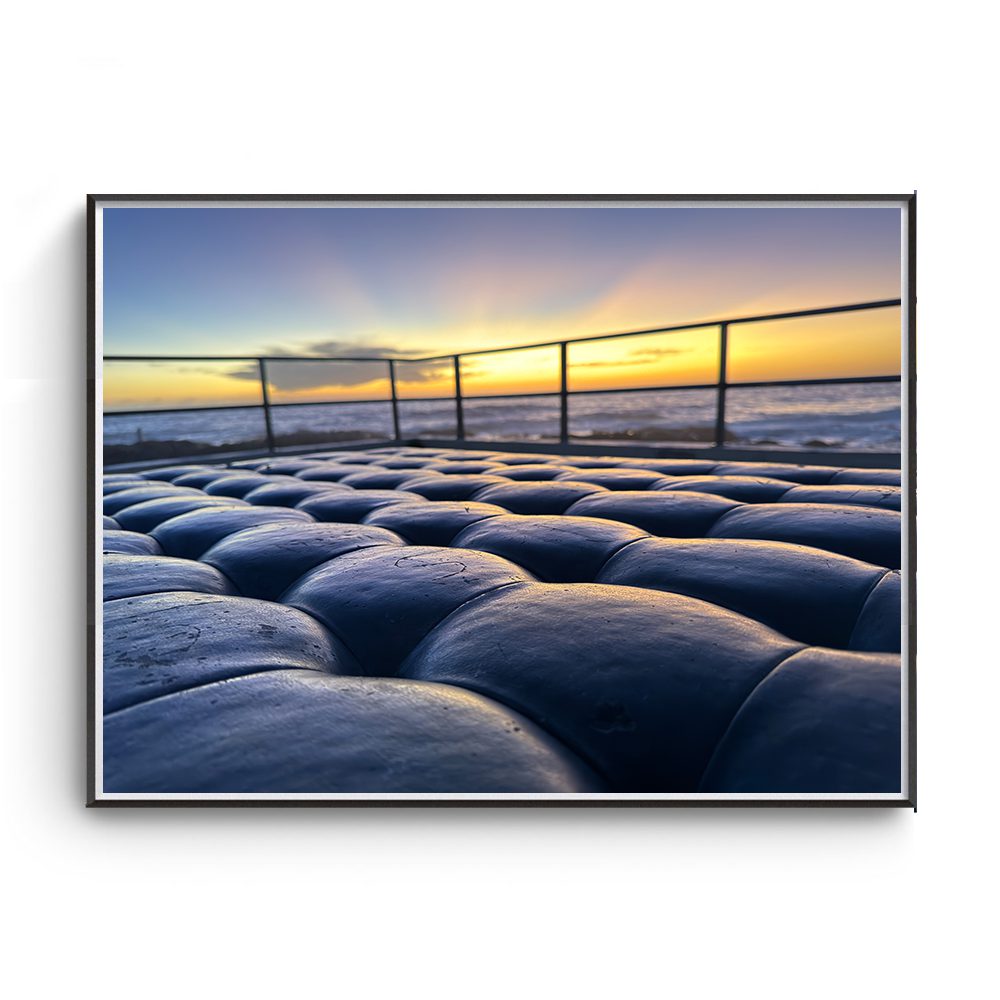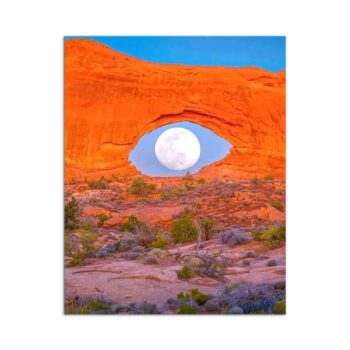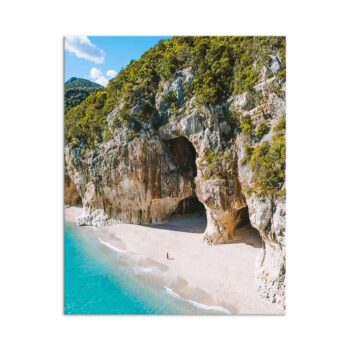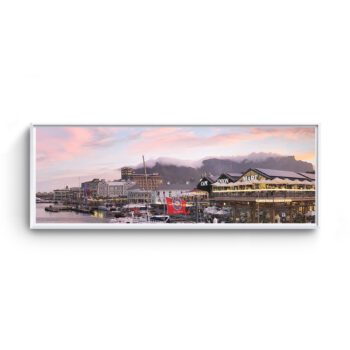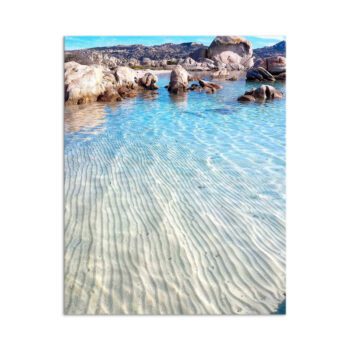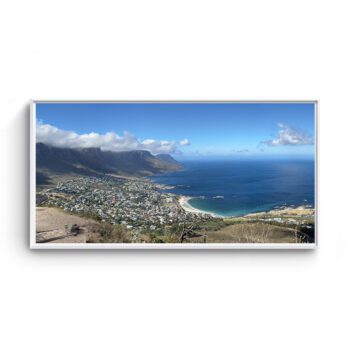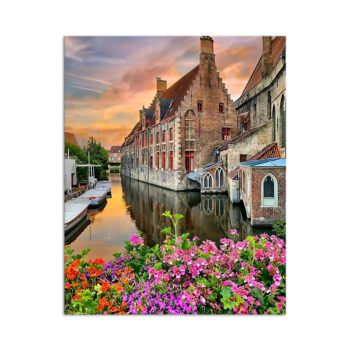-
United States dollar - USD
-
Euro - EUR
-
Pound sterling - GBP
-
Canadian dollar - CAD
-
Australian dollar - AUD
-
New Zealand dollar - NZD
-
Swiss franc - CHF
-
Japanese yen - JPY
-
Hong Kong dollar - HKD
-
Indian rupee - INR
-
Singapore dollar - SGD
-
United Arab Emirates dirham - AED
-
Brazilian real - BRL
-
Mexican peso - MXN
-
Norwegian krone - NOK
-
Polish złoty - PLN
-
Swedish krona - SEK
Ludwig Mies van der Rohe
The Barcelona Daybed Relax, designed by the legendary architect Ludwig Mies van der Rohe, stands as a symbol of elegance, minimalism, and timeless luxury. Originally introduced as part of the iconic Barcelona Collection, the daybed has become a centerpiece in modern interiors. Whether you’re a design enthusiast or looking for the perfect statement piece for your home, the Barcelona Daybed Relax offers both style and functionality.
Who Was Ludwig Mies van der Rohe?
Born on March 27, 1886, in Aachen, Germany, Ludwig Mies van der Rohe was a pioneering architect and designer. Although he started his career in his father’s stonemasonry business, Mies quickly developed a fascination with architecture. His early influences included the works of Peter Behrens and other proponents of the Bauhaus movement, which combined craft, fine arts, and functional design.
By the 1920s, Mies had established himself as one of the leaders of Modernism, a movement that rejected traditional ornamental designs in favor of clean lines and open spaces. After fleeing Nazi Germany in 1937, he moved to the United States and became a significant figure in shaping modern American architecture.
Defining Architectural Style: “Less is More”
Mies van der Rohe was known for his minimalist approach, distilling architectural design to its core elements: structure, space, and materials. His philosophy, “Less is more,” reflected his desire to create buildings with simple, yet sophisticated, forms. Rather than relying on decorative elements, Mies believed that beauty could be achieved through the balance of proportions, transparency, and openness.
Iconic Works of Ludwig Mies van der Rohe
- Barcelona Pavilion (1929)
Perhaps one of Mies’ most celebrated works, the Barcelona Pavilion was designed for the 1929 International Exposition in Barcelona. The building featured glass, steel, and marble, emphasizing transparency and open space. Its seamless design is still lauded as a masterpiece of modern architecture. - Farnsworth House (1951)
Located in Plano, Illinois, the Farnsworth House is a quintessential example of Mies’ minimalist philosophy. The house is elevated on stilts and made almost entirely of glass and steel, allowing the surrounding landscape to become part of the living space. - Seagram Building (1958)
Situated in New York City, the Seagram Building is one of Mies’ most prominent works and a key example of the International Style. The skyscraper’s bronze-tinted glass façade and steel frame exude elegance and simplicity, marking a departure from the ornate designs of earlier high-rises. - Crown Hall (1956)
As head of the architecture department at the Illinois Institute of Technology, Mies designed Crown Hall, which is considered one of his architectural masterpieces. The building’s open-plan design and use of glass allowed for maximum light and flexibility, embodying Mies’ vision of free-flowing space.
Mies’ Impact on Modern Architecture
Mies van der Rohe’s influence on architecture is profound. He emphasized functionality, clarity, and honesty in design—principles that are still crucial in contemporary architecture. His pioneering use of materials like glass, steel, and concrete has shaped the development of modern skyscrapers and residential buildings.
Mies also left an indelible mark on architectural education. As the director of the Bauhaus School in Germany and later as the head of the architecture department at the Illinois Institute of Technology, Mies nurtured generations of architects who would continue to push the boundaries of modern design.
Legacy: Beyond Buildings
Although Mies is best known for his architectural achievements, his ideas have permeated other design fields, including furniture. The Barcelona chair, designed for the Barcelona Pavilion, is an iconic piece of modernist furniture that echoes the same minimalist principles seen in his buildings.
His work also inspired the broader movement of minimalism in art and culture, where the emphasis shifted from complexity to simplicity and clarity of form.
Mies van der Rohe’s Famous Quotes
- “Less is more.”
- “God is in the details.”
- “Architecture starts when you carefully put two bricks together. There it begins.”

